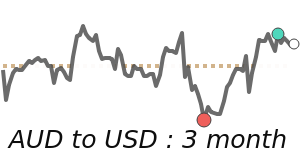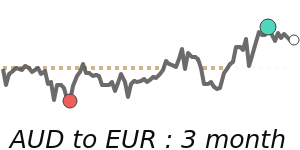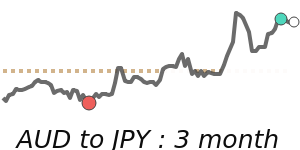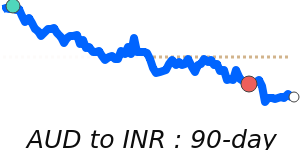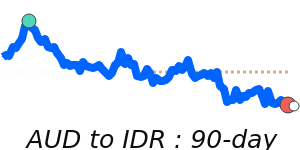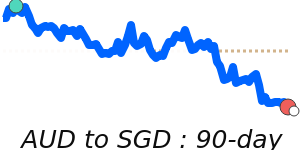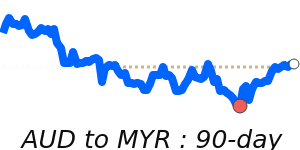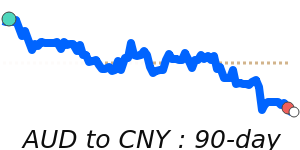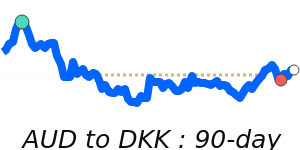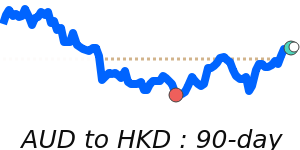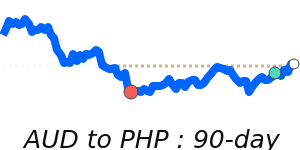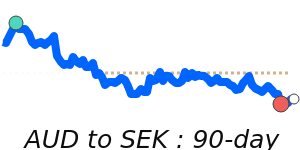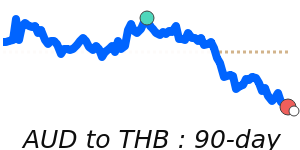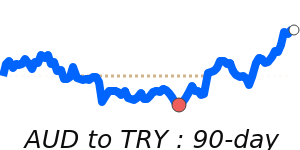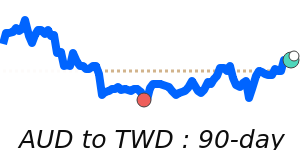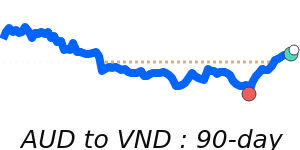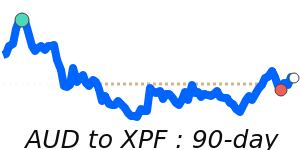Recent developments in the currency market have underscored the Australian dollar's (AUD) mixed performance amid fluctuating risk appetites and external pressures. After a shaky start in the Asian trading session, the AUD found some stability as overnight trading brought a rebound, supported by increasing commodity prices and a weakened U.S. dollar. However, analysts caution that any further movements could hinge on prevailing market sentiments.
Key factors influencing the AUD include Australia's inflation rate, which stood at 3.8% in October 2025, ongoing trade relations with China, and the contrasting monetary policies of the Reserve Bank of Australia (RBA) and the U.S. Federal Reserve. The RBA's cautious approach to interest rates could sustain the AUD if commodity demand, particularly from China, remains robust. Australia's trade surplus with China, bolstered by demand for iron ore and liquefied natural gas, continues to play a critical role in supporting the currency, although geopolitical tensions add a layer of uncertainty.
Recent exchange rate data reveals the AUD to USD is trading at 90-day highs of around 0.6717, which is notably 2.4% above its 3-month average. Similarly, the AUD has reached 14-day highs against the Euro and the pound, trading at approximately 0.5705 and 0.4976, respectively. The AUD to JPY has seen a significant spike, climbing to 105.2, representing a 4.2% increase above its average.
As the global market landscape evolves, traders should remain vigilant regarding the effects of commodity price fluctuations, interest rate policies, and market sentiment on the AUD's trajectory. Market experts highlight that Australia's economic health, especially in connection with Chinese demand, could provide a buffer against potential currency depreciation in the months to come.
